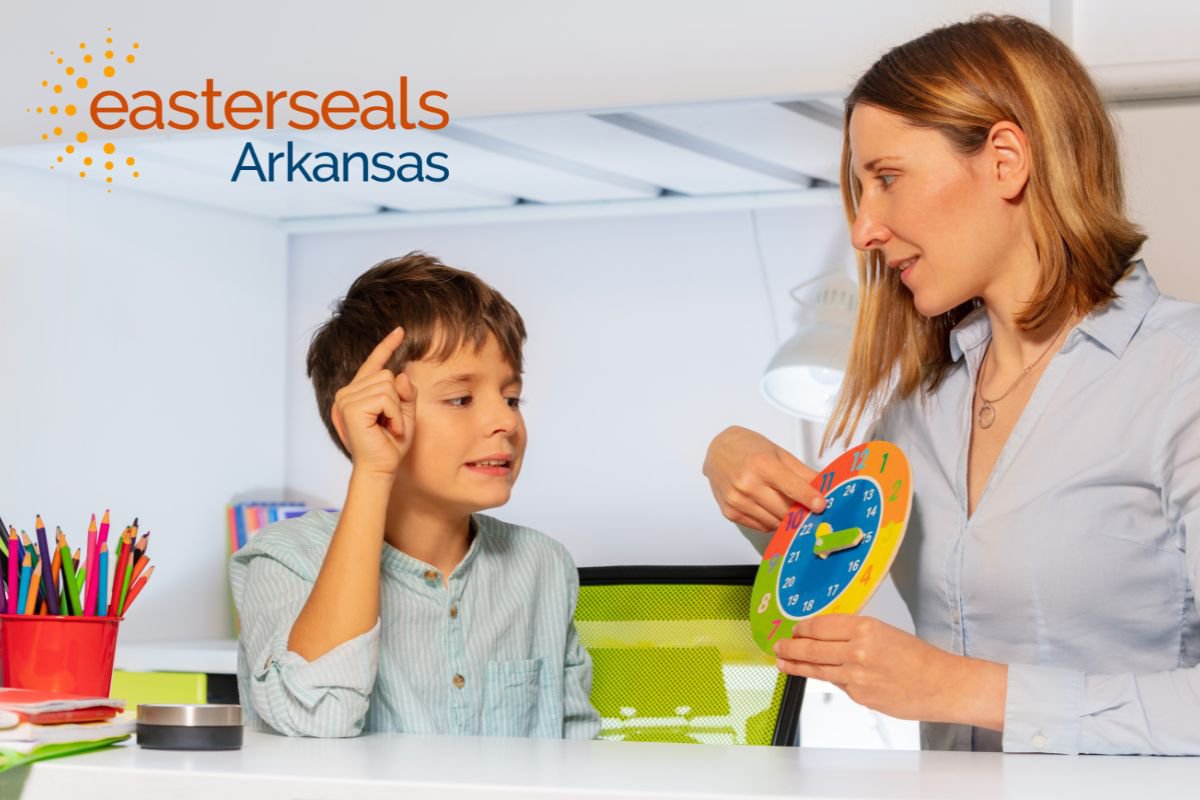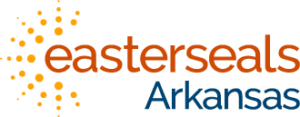
If you teach or care for a child with autism, you know this: the right tools matter. Visual aids, clear plans, and steady support can profoundly shape how kids learn, grow, and connect. However, with so many autism education resources available, how do you determine what works? We’ll show you tools that work well in the classroom—and how to use them effectively.
Key Takeaways:
- The most helpful tools for autistic students include visual stories, picture cards, timers, and sensory items.
- Visual schedules ease stress and improve transitions; step-by-step visuals support memory.
- The CDC offers free printables like milestone checklists and charts for school and home use.
- Teachers should use visually heavy lessons and break tasks into steps.
- Effective communication tools include picture boards for younger kids, speech apps like Proloquo2Go, and typing tools for teens.
- Peer interaction can be enhanced through role-play, team games, and social story cards. Model kind behavior and social cues to facilitate this.
- The Milestone Tracker app and the CDC’s “Milestone Moments” help parents monitor progress and share it with schools.
- IEPs support growth through clear learning and life goals, parent feedback, and regular reviews.
- As teens grow, they benefit from life skills programs, ITP plans, and tools like CIP for social and career practice.
- Key digital tools such as Proloquo2Go, Boardmaker, Boom Cards, and Choiceworks, along with hybrid options supported by Google Classroom add-ons, are invaluable.
- Free tools are available through the CDC, Autism Source, and ICSPS—guides, printables, and classroom kits are included.

Building Better Classrooms: Autism Education Resources That Work
Creating a welcoming, inclusive classroom for autistic students indeed begins with the right tools. Moreover, with the rise of evidence-based autism education resources, teachers and families now have access to practical strategies that support learning, communication, and developmental growth, from preschool to high school and beyond. Furthermore, these resources help tailor educational experiences to individual needs, ensuring every student can thrive.
Whether you're a teacher, caregiver, or advocate, this resource shares real-world solutions backed by trusted organizations like Easterseals Arkansas, the CDC, and the Autism Society.
Visual and Sensory Tools Offer Structure and Calm
Autism education resources often start with visual and sensory supports. These tools help students manage transitions, stay focused, and feel safe in the classroom.
- To begin with, visual schedules show students what’s happening next.
- Additionally, picture cards help with communication, emotions, and routines.
- Moreover, timers—either visual or sound-based—help teach time awareness.
- Finally, sensory tools such as fidget toys, weighted cushions, or soft textures support focus and regulation.
Using these tools daily builds student confidence and reduces stress. You can find many of these printables for free in the CDC’s autism toolkit.
Step-Based Learning Makes Tasks Easier to Understand
Many autistic students thrive with step-by-step instructions they can see and follow.
- Firstly, use visual task boards to break down routines like hand-washing or lining up.
- Next, label folders and bins with phrases like “Start,” “Next,” and “Done.”
- Additionally, color-code materials to help students organize work independently.
Tools like these help students understand expectations and celebrate small wins. Explore more supports through the Champions of Education initiative at Easterseals Arkansas.
Free Printable Autism Education Resources for Teachers and Families
One of the most valuable autism education resources comes from the CDC’s Learn the Signs. Act Early. campaign.
- Milestone Moments Booklet: Tracks skills like speech, play, and movement.
- Visual charts: Show step-based tasks with images.
- Downloadable schedules: Help schools and families stay on the same page.
These tools are classroom-ready and easy to share with caregivers. You can find them at the CDC’s free resources page.
Inclusive Lesson Planning Starts with Clear Steps
Great teaching begins with knowing your students and planning ahead.
- Firstly, break lessons into small, simple actions.
- Next, use visual cues for behavior and routines.
- Furthermore, provide choice to reduce anxiety and increase engagement.
Let students pick between two tasks or choose where to sit during quiet reading. These small moments of control help students feel more comfortable.
For more strategies, visit Autism Strategies for Support and Inclusion.
Teacher Training and IEP Planning Are Key Supports
Teachers need more than ideas—they need training and collaboration tools. The Autism Society's Education Resources page offers videos, stories, and guides that appeal to real educators.
When writing or updating an Individualized Education Program (IEP):
- Match materials to the student’s current goals.
- Use classroom examples to support social practice.
- Keep parents involved—what works at home helps build success at school.
IEPs are living documents and should reflect the student’s strengths and needs. For legal guidance and planning templates, visit Wrightslaw.
Communication Tools Build Expression and Interaction
Each student has a unique way of expressing themselves. Here are some tools that support communication at every stage:
- For younger children, use picture cards, first–then boards, and choice visuals.
- Meanwhile, for middle schoolers, try speech apps like Proloquo2Go.
- When it comes to teens, journaling tools or typing apps support more complex communication.
It's important to match the tool to the learner’s strengths. Some rely on pictures, while others prefer typing. Introduce new autism education resources and tools gradually to prevent overwhelm.
The CDC offers communication resources that align with early development.
Social Skills Grow Through Practice and Structure
Social learning can feel challenging for many autistic students. However, with the right supports, these skills can be taught just like reading or math.
- Firstly, use visual story cards to explain greetings or sharing.
- Next, practice turn-taking in games and group activities.
- Additionally, use comic strips or animations to model interaction.
Moreover, programs like Social Express and Boardmaker Online offer digital versions of these tools, which can be used in class or at home.
You can also print ready-to-go activities from the Autism Acceptance Toolkit.
Parents and Teachers Work Best as a Team
Parent input is a powerful part of educational planning. Indeed, families often see patterns and challenges long before they appear in class.
- First, use the CDC’s Milestone Tracker App to log growth and share with schools.
- Then, bring printed checklists or notes to IEP meetings.
- Additionally, request updates regularly—open communication builds trust.
Learn more about family collaboration at Easterseals Arkansas.
Early Autism Education Resources Create Strong Foundations
In early childhood, spotting signs of autism early indeed helps teachers and caregivers respond with the right tools. To begin with, early identification allows for tailored interventions. Moreover, it ensures that the right resources are applied at the right time. Consequently, this can enhance learning and developmental outcomes. Furthermore, engaging parents and professionals early fosters a supportive environment. Ultimately, these steps build a strong foundation for growth and learning.
Effective Tools for Preschoolers Include:
- Sensory toys: Squishy balls, textured mats, and stacking blocks.
- Routine visuals: Picture cards for snack time, washing hands, or circle time.
- Songs and games: Build attention and language through repetition.
The CDC’s Milestone Moments booklet is ideal for preschool settings. It explains what to expect and when, helping flag any concerns quickly. Download it here.
Digital Tools Support Growth at School and Home
As students grow, digital tools become more useful for planning, communication, and learning.
Top Autism Education Resources via Apps:
- Proloquo2Go: Tap icons to speak.
- Endless Reader: Fun visuals to teach sight words.
- ABCmouse: Early learning games and reading lessons.
For older students, Think College offers resources for navigating life after high school. It includes videos, success stories, and planning tools to build independence.
Tools That Match Diverse Learning Styles
Every autistic student learns differently. Some need visuals. Others need movement or sound.
Try These Additional Autism Education Resources:
- Choiceworks: Lets students build daily routines using images.
- Boom Cards: Interactive flashcards with instant feedback.
- Boardmaker: Create custom visuals, routines, and games.
These tools are especially useful in hybrid or distance learning settings. Many are low-cost or free, and flexible enough to meet evolving needs.
IEPs Create a Roadmap for Individual Success
The IEP is one of the most important autism education resources a school can offer. A strong IEP includes:
- Clear goals: Based on current skills and future needs.
- Support services: Speech, behavior, or sensory supports.
- Progress checks: Regular updates and adjustments.
- Family input: Real-life insights from home are essential.
Review IEPs at least once a year—but don’t wait to make changes if something isn’t working. For more, explore CSESA’s planning tools.
Transition Planning Helps Teens Build Life Skills
Older students benefit from tools that teach real-world tasks like budgeting, cooking, or job interviews.
Try These Life Skill Supports:
- Visual chore charts and money guides.
- Role-play lessons on job readiness.
- Apps that teach time management and independence.
Start building a transition plan by age 16. To begin with, set goals for employment, college, or living skills. Additionally, involve the student in each step—after all, they know what they want to work toward.
Programs like CIP offer additional support for teens and young adults with autism.
Reliable, Free Resources Are Readily Available
You don’t need a big budget to find effective tools. These trusted organizations offer free or low-cost autism education resources:
- Autism Source
- CDC Autism Toolkit
- ICSPS: Offers printable resources for older students.
You’ll find everything from behavior charts to social scripts and visual planners. These materials are backed by research and designed for real classrooms.
Connect With Easterseals Arkansas for Personalized Support
Looking for more autism education resources tailored to your classroom or family needs? Easterseals Arkansas provides expert programs, inclusive learning tools, and direct support for caregivers and educators. Whether you're starting the journey or deep into planning, we’re here to help.
Reach out to Easterseals Arkansas today and take the next step in building a more inclusive future.
